Sign Up for The Bluntness Newsletter for Your Weekly Dose of Cannabis News
Cannabis is a recently-made-legal drug that aids with pain and can cure illnesses. What some may not know is that animals can enjoy the health benefits brought about by the drug. Of course, animals are more sensitive to CBD than humans are and thus requires much less of it than humans would. To prevent issues from overdoses, it is always a good idea to weigh your animal to see how much will be needed to accommodate for their body size.
It is best to get cannabis for pets with cancer, high anxiety, and/or seizures. It is always smart to work with the veterinarian to get the proper paperwork and/or a card that states the pet can have CBD and where the medication can be purchased and obtained. The veterinarian will need to diagnosis your pet to ensure that CBD is a proper course of action for them. Working with the veterinarian on a regular basis will aid in guaranteeing the pet does not get worse.
Before purchasing CBD, the owner of the pet must discover which method is best for them. There are two ways of dispensing to pets, one is by pill and the other is oil. The technique used will depend on each individual pet and how they react when given. One of the most important areas to look when purchasing the cannabis is that it has a Certificate of Analysis stating that it has been reviewed and passed certain criteria.
From there, the best path to take would be to set expectations for your pet. This step should include what the owner expects from the medication either to just pacify the pet until the end or to help improve quality of life. It would additionally incorporate how much to give when to give it, and what the reaction from it should be so that the medicine is working properly.
As with any and all medications, both for humans and for animals, it is important to watch out for interactions with other medications to ensure that a negative reaction from the two medicines working in the body does not cause any harm or have any adverse ramifications or side effects.
To ensure an overdose does not occur, even despite the measurements already taken, and to ensure the pet does not get high, it is important to start the pet with a small dose of CBD and to gradually increase it over time. It will allow the pet time for the medication to build up in the body and when the effects do not show or start to fade off over the period of time of taking the medicine the owner will be able to know.
The oil form may be the best option for pets. This aids in gradually building in the system and can be tracked over time. Also, it is very important to store the drug appropriately, as would be done with any and all other medicines.
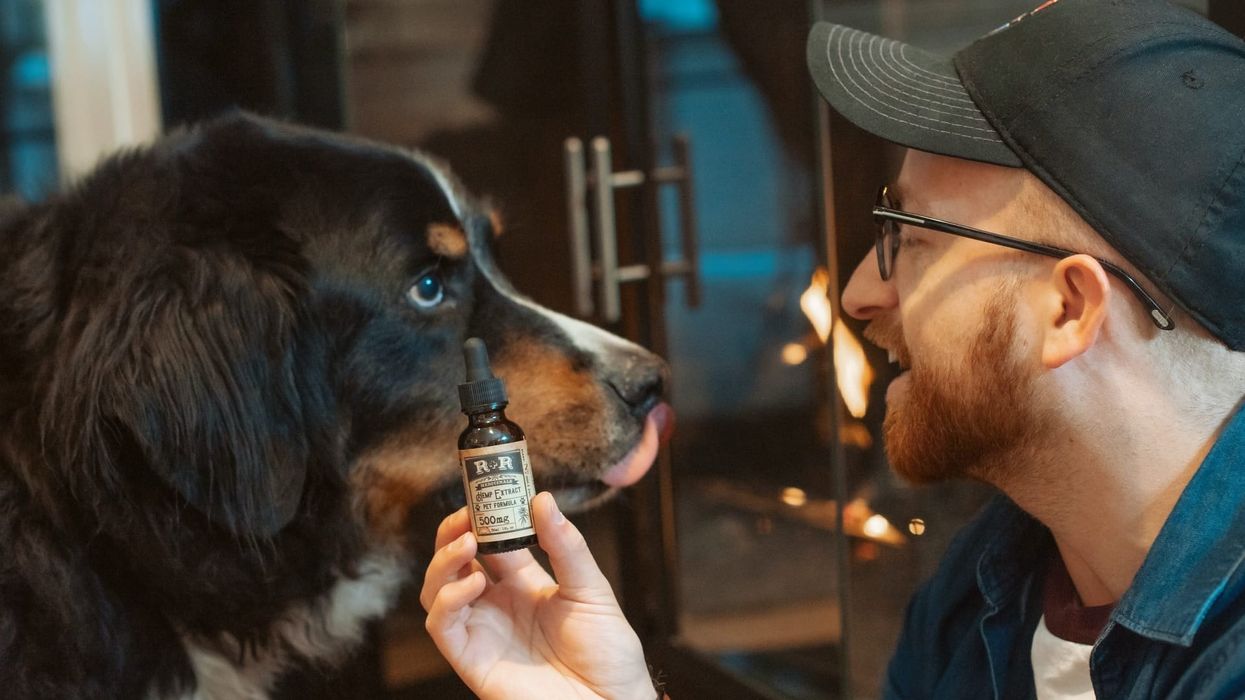

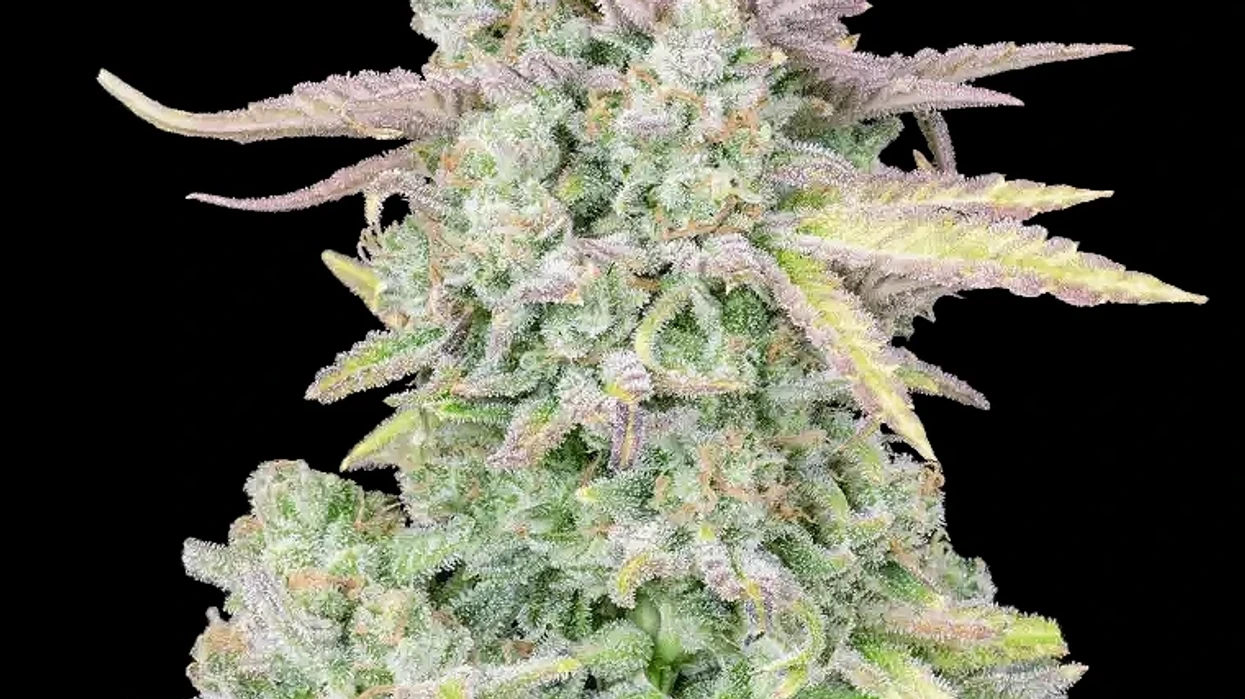
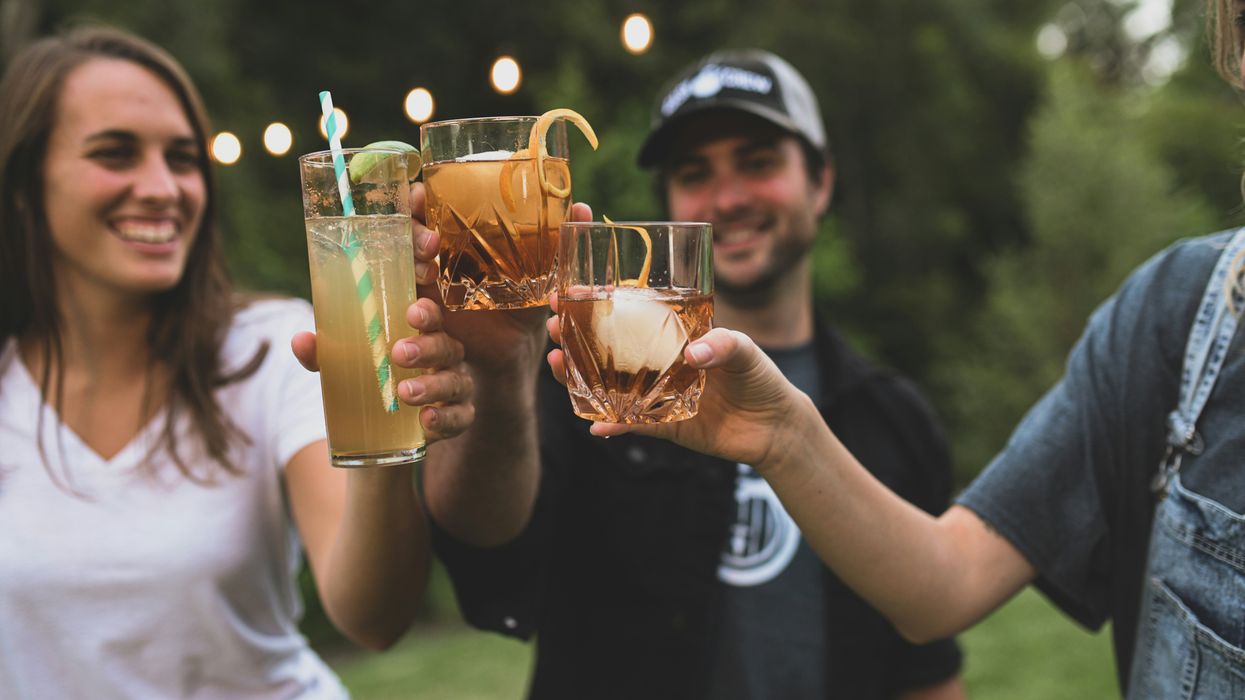
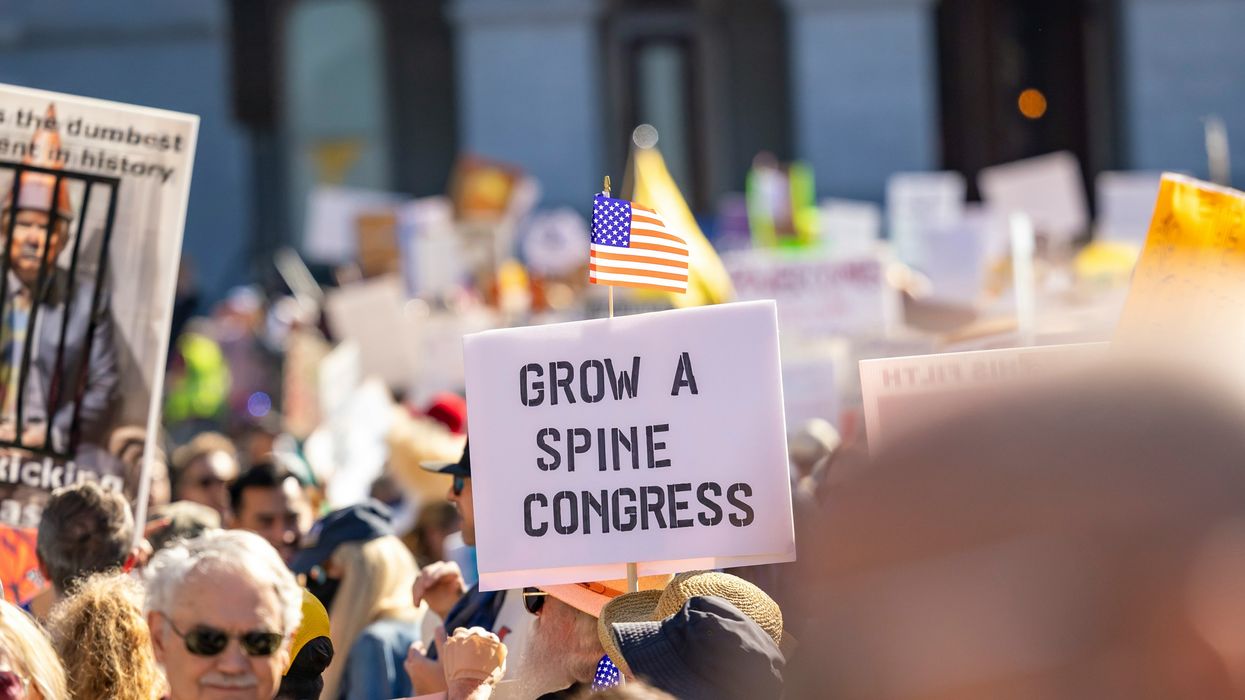

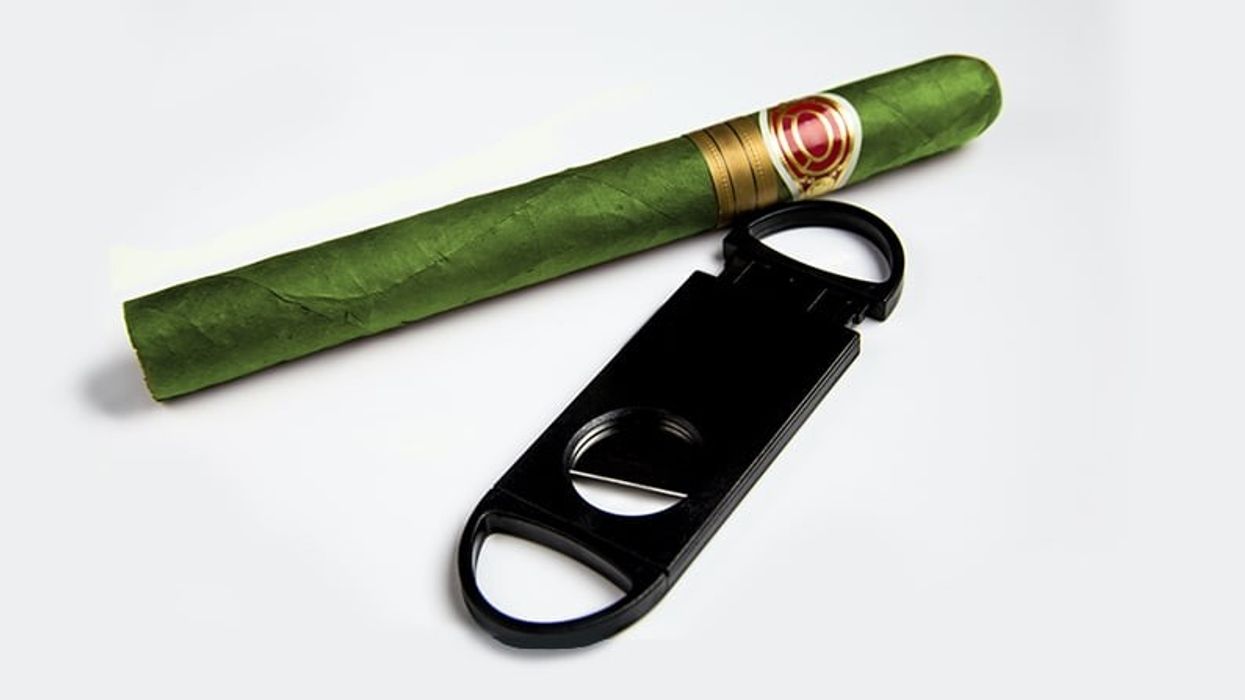
 How to Make a Cannagar Without a Mold: A Comprehensive Guide - The Bluntness
Photo by
How to Make a Cannagar Without a Mold: A Comprehensive Guide - The Bluntness
Photo by 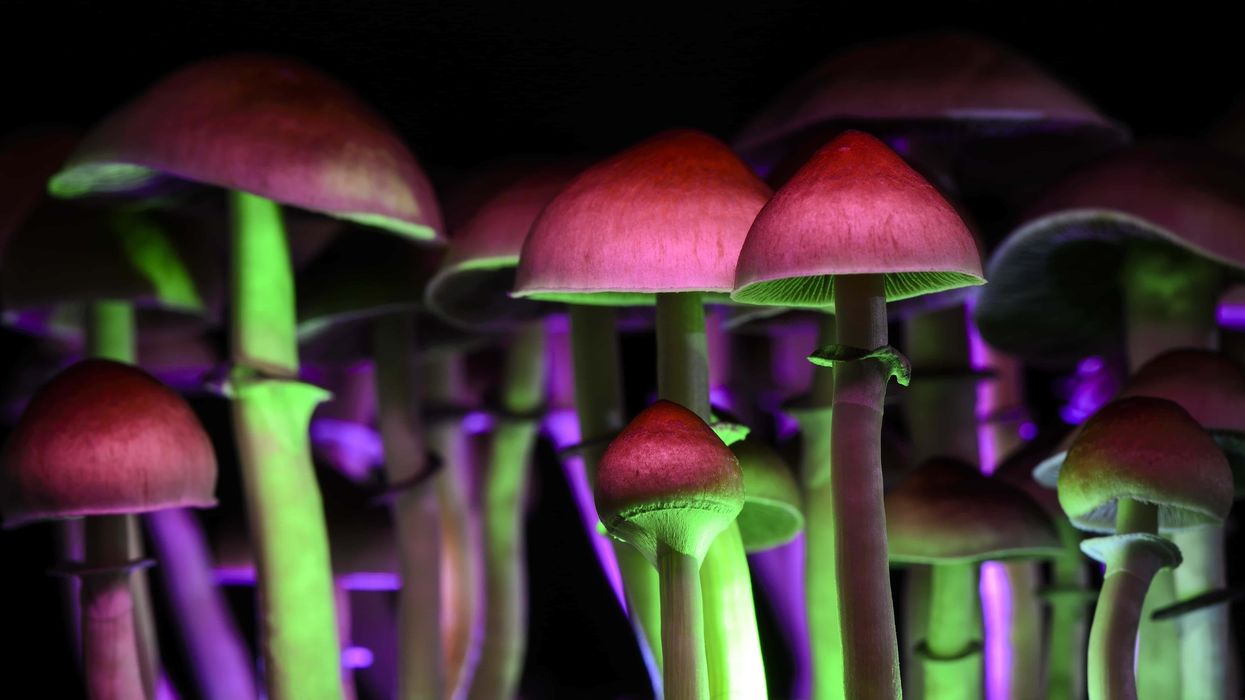
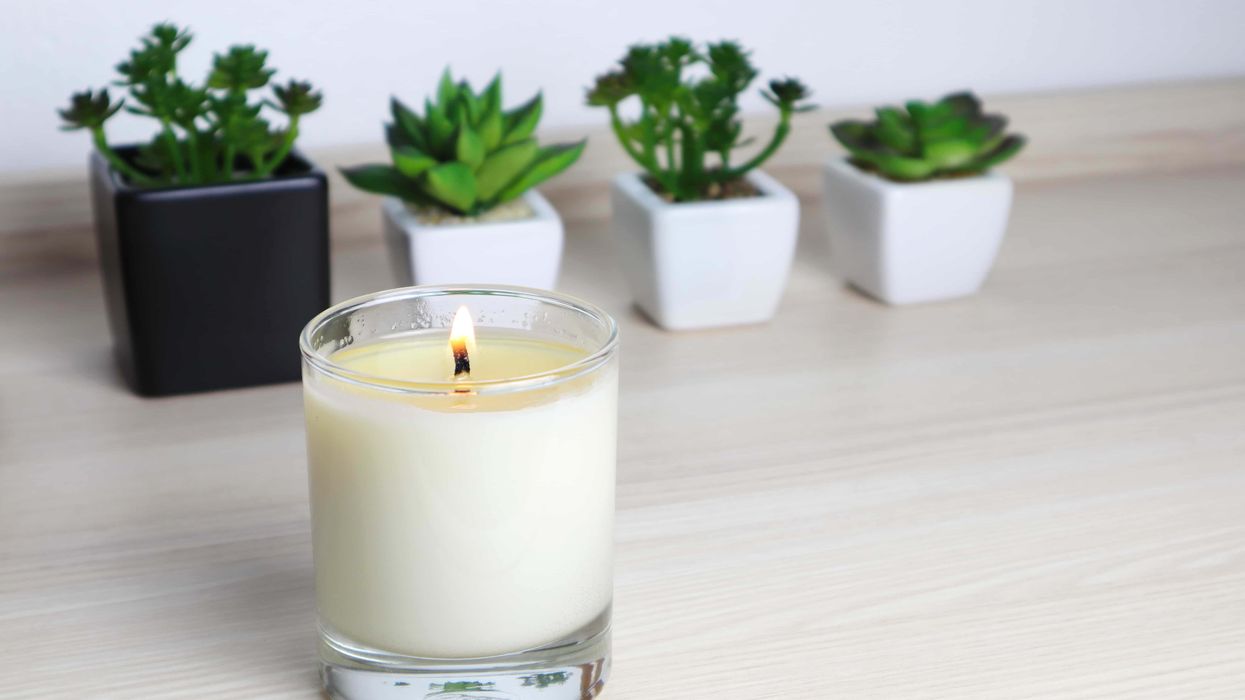
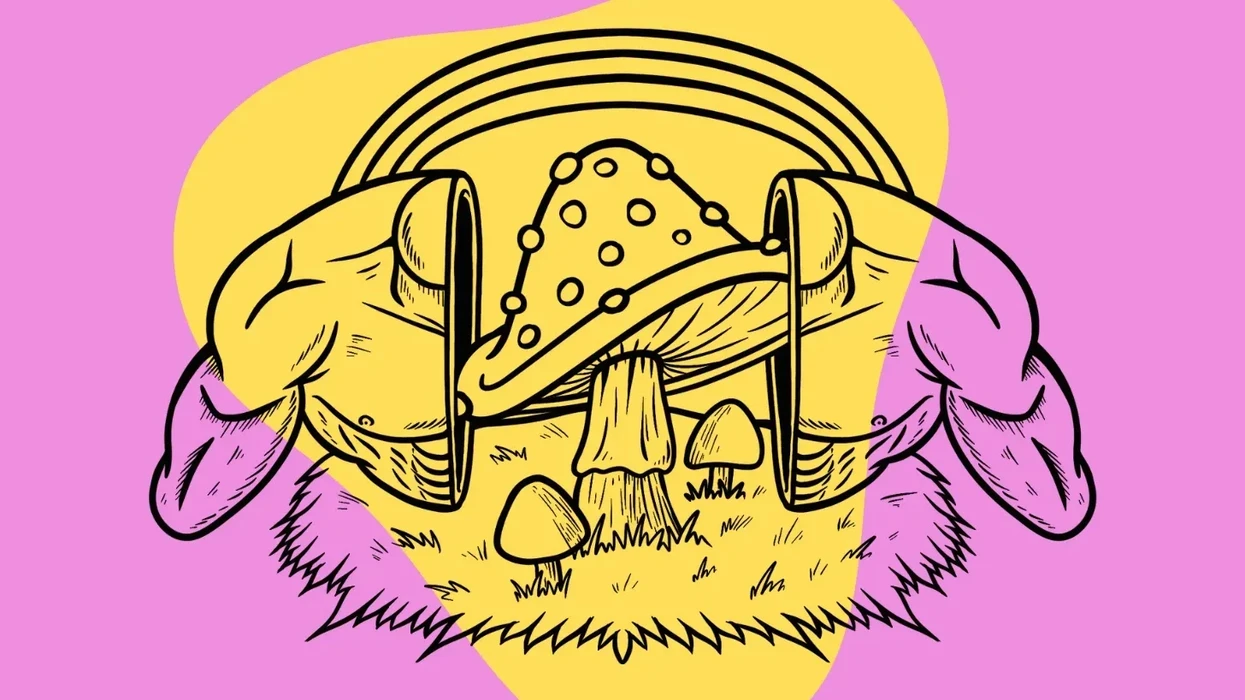

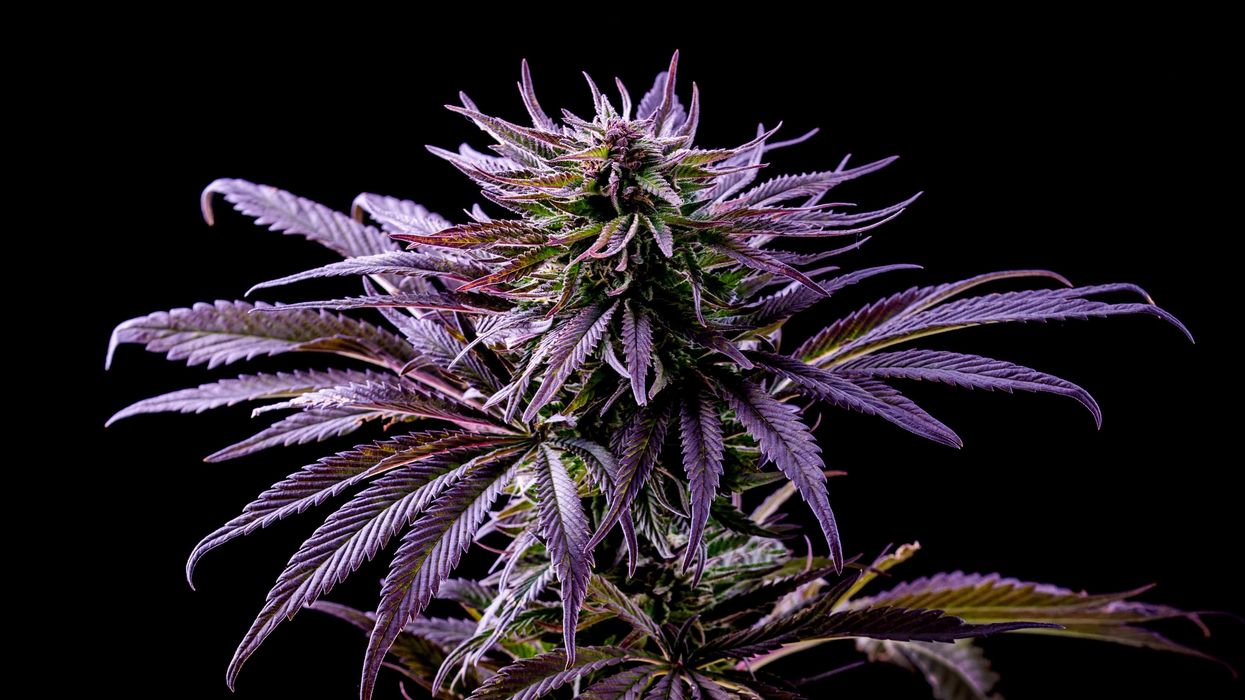

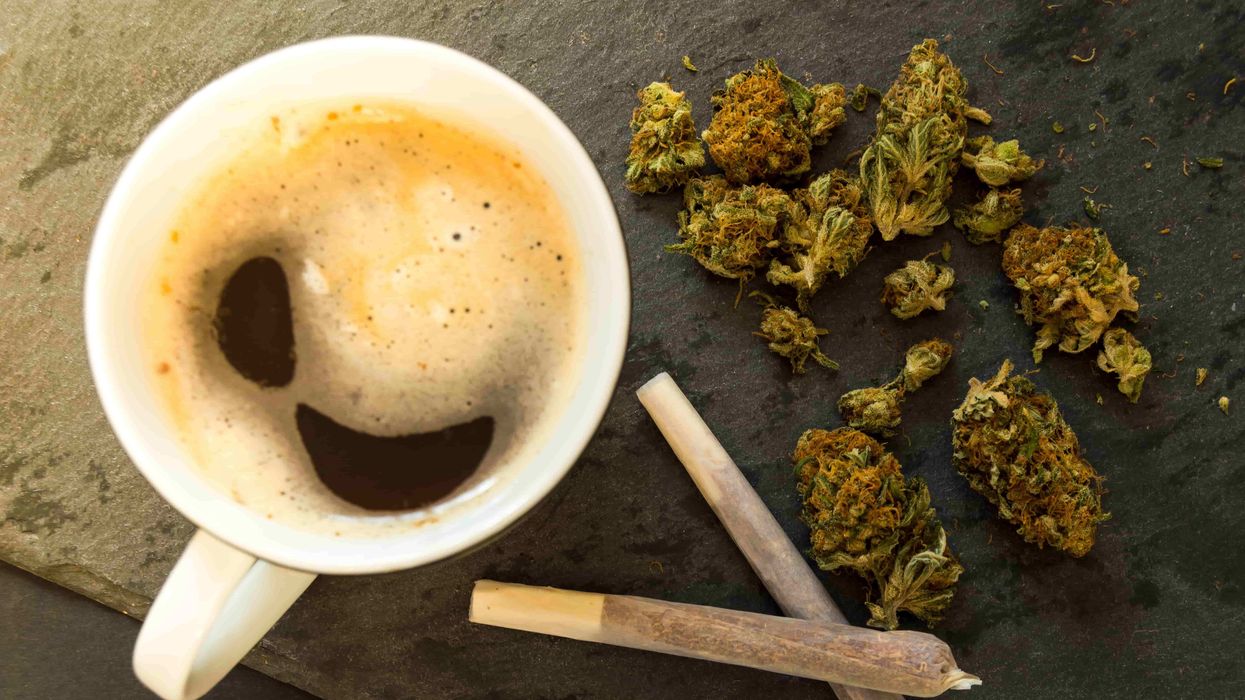
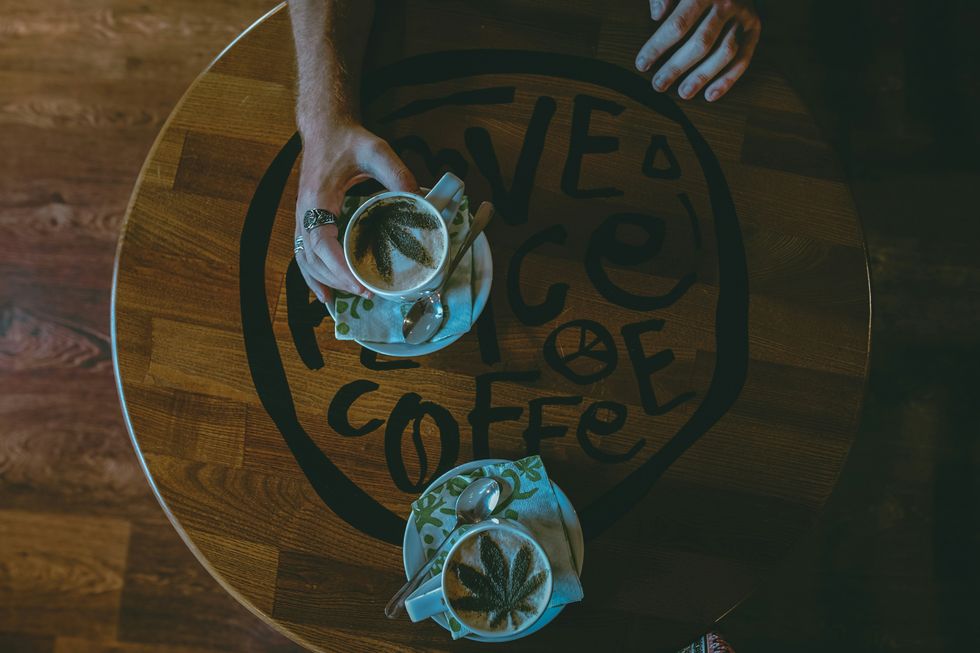 Coffee & Weed: A Modern Spin on the Hippie Speedball - The Bluntness
Photo by
Coffee & Weed: A Modern Spin on the Hippie Speedball - The Bluntness
Photo by 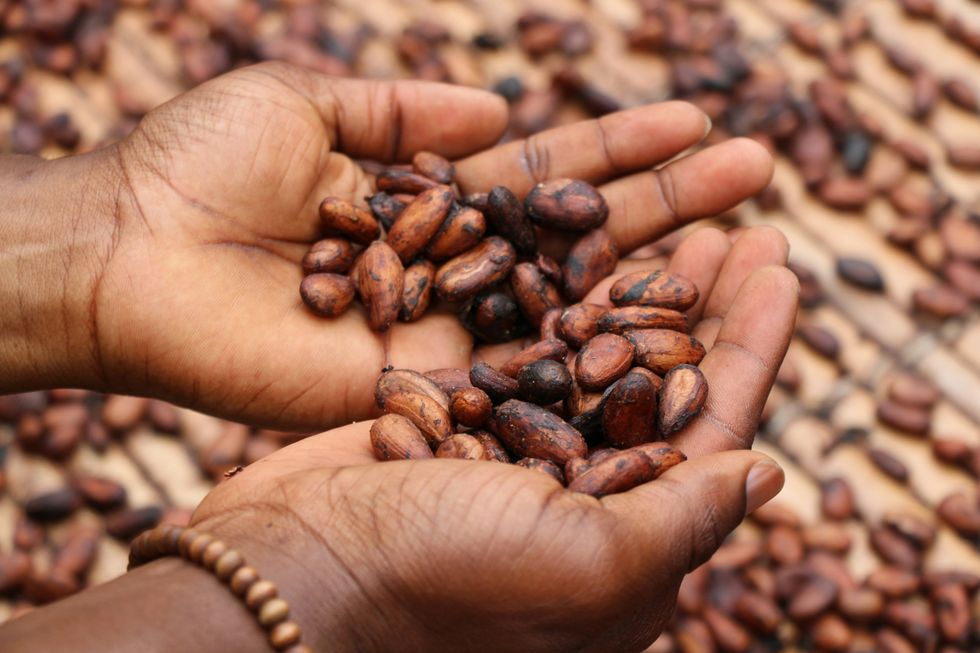 Coffee & Weed: A Modern Spin on the Hippie Speedball - The Bluntness
Photo by
Coffee & Weed: A Modern Spin on the Hippie Speedball - The Bluntness
Photo by 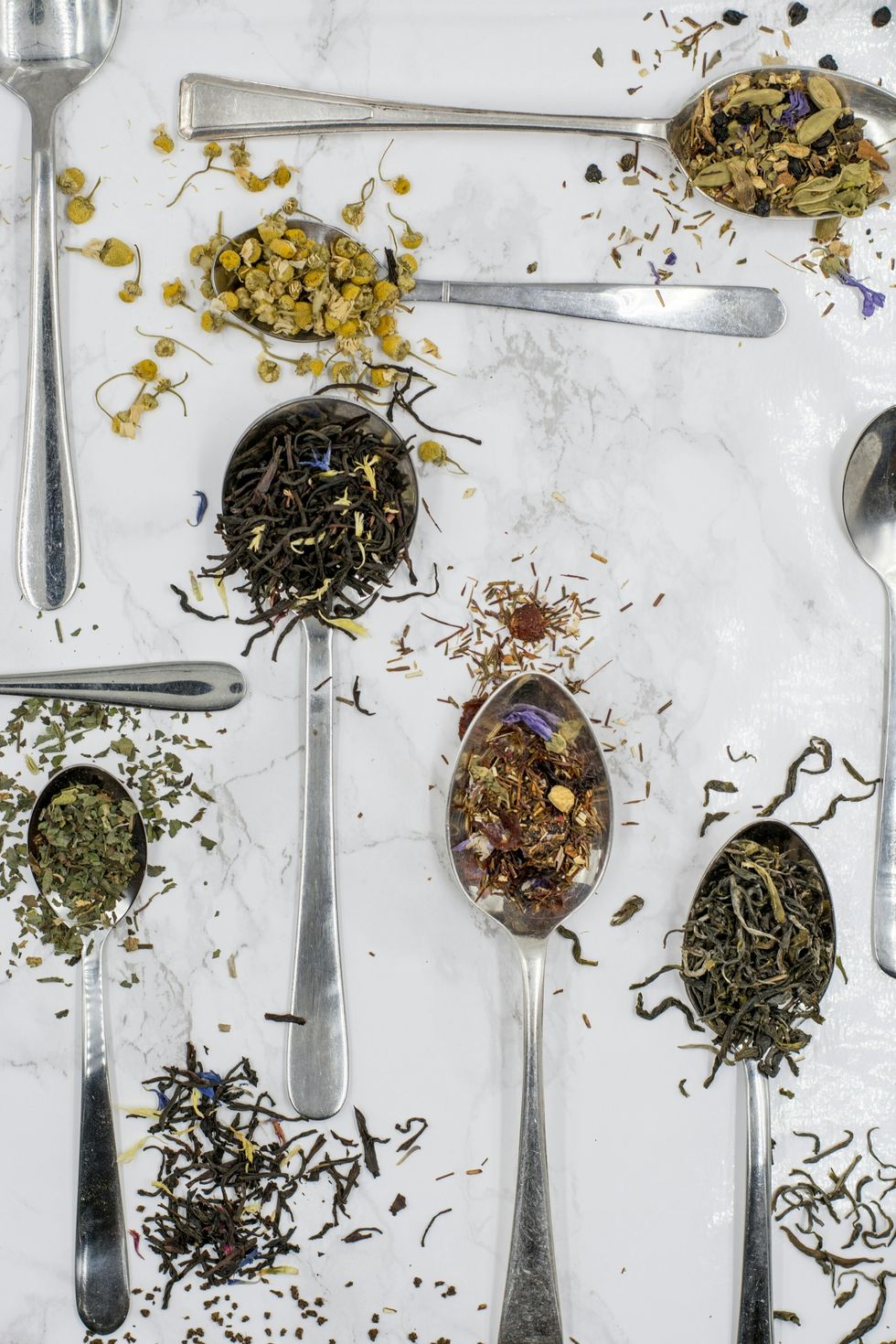 Coffee & Weed: A Modern Spin on the Hippie Speedball - The Bluntness
Photo by
Coffee & Weed: A Modern Spin on the Hippie Speedball - The Bluntness
Photo by 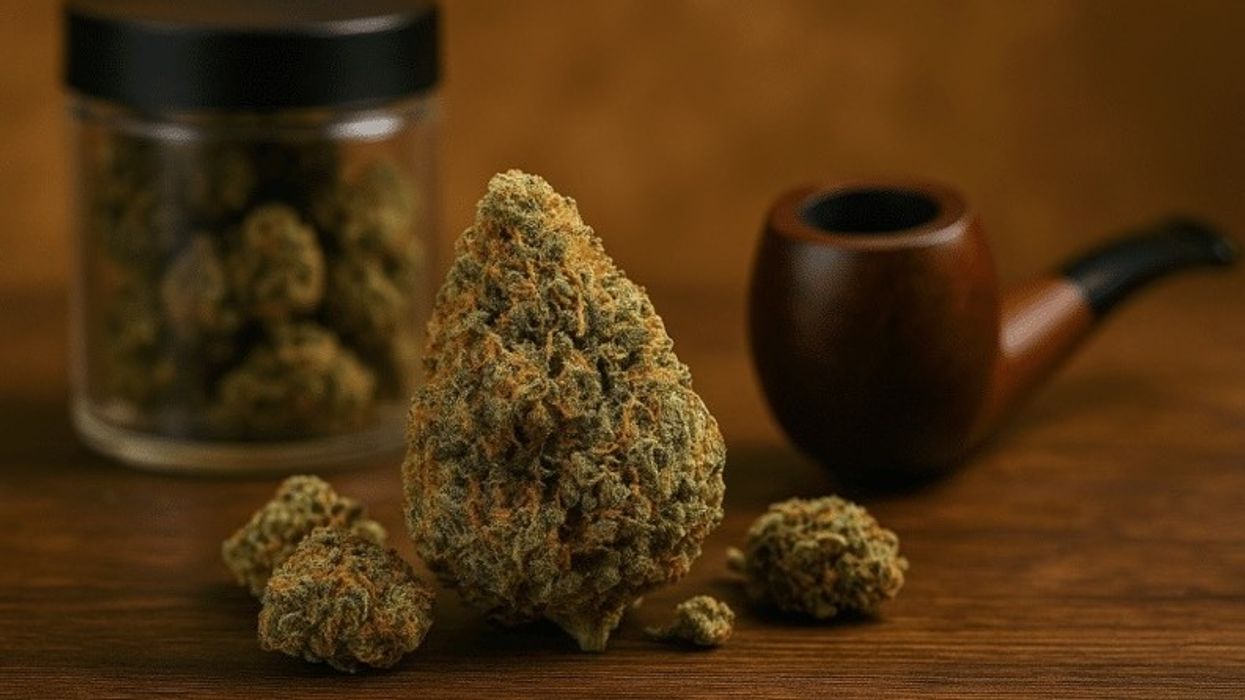
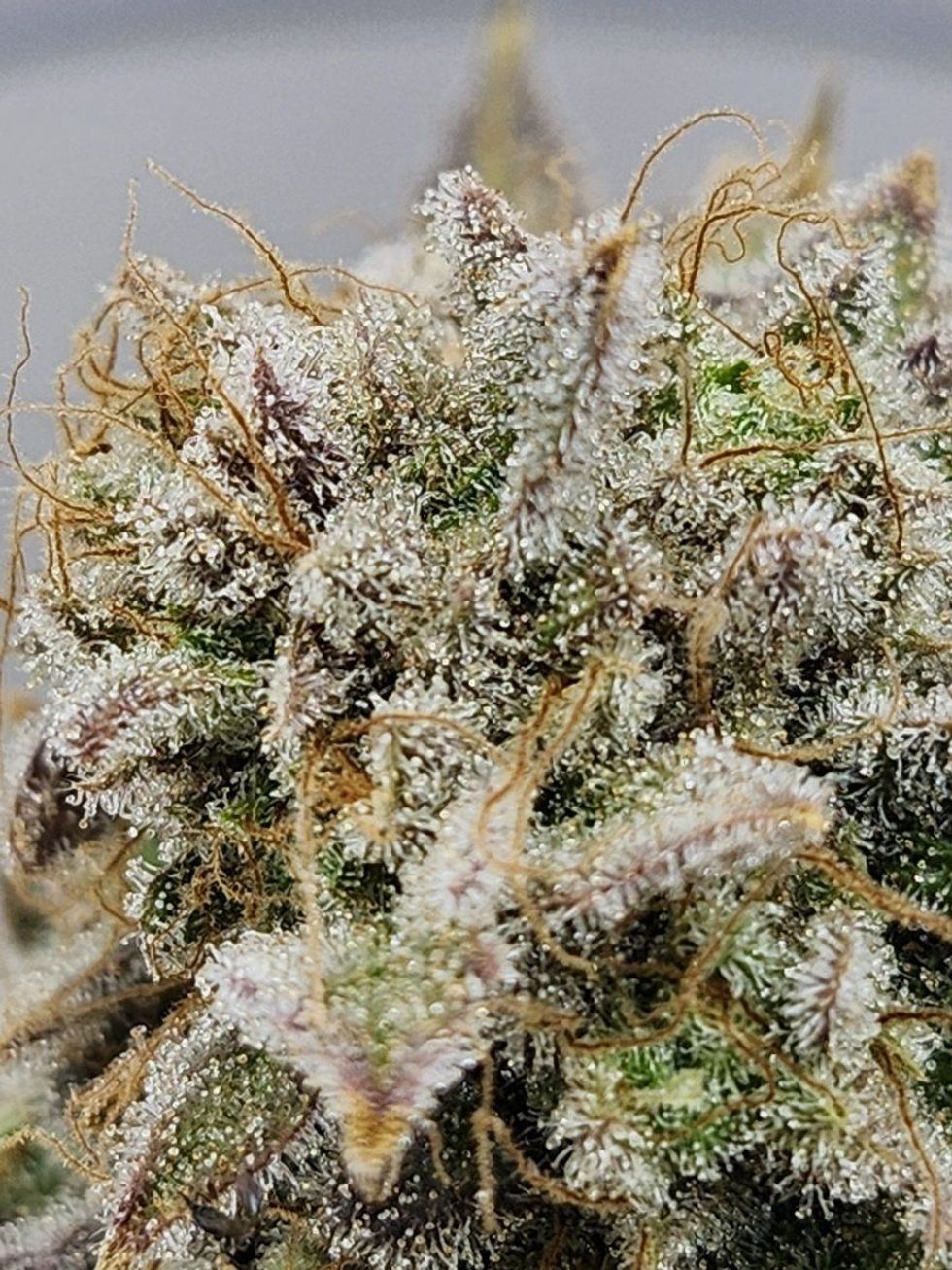 Acapulco Gold Cannabis Strain Review - The Bluntness
Acapulco Gold Cannabis Strain Review - The Bluntness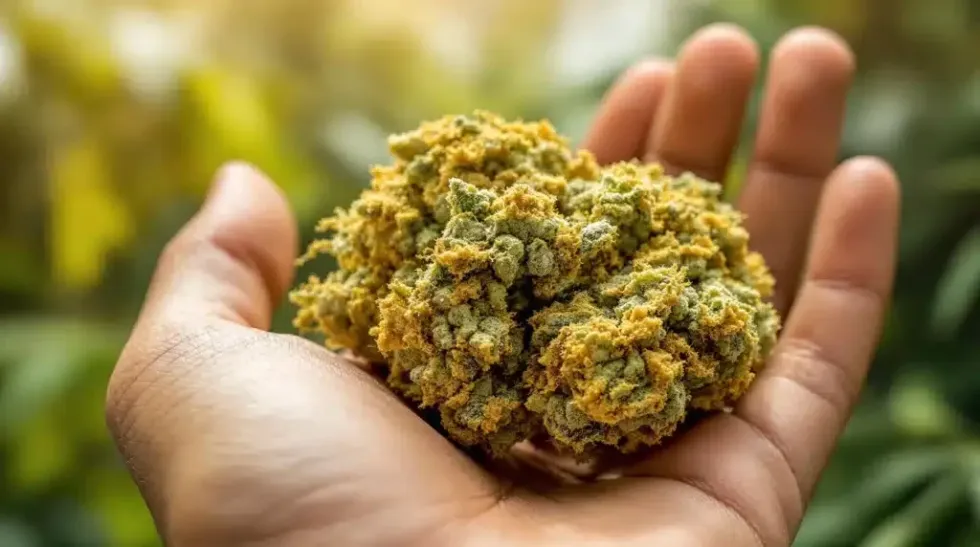 Acapulco Gold Cannabis Strain - The Bluntness Blimburn Seeds
Acapulco Gold Cannabis Strain - The Bluntness Blimburn Seeds
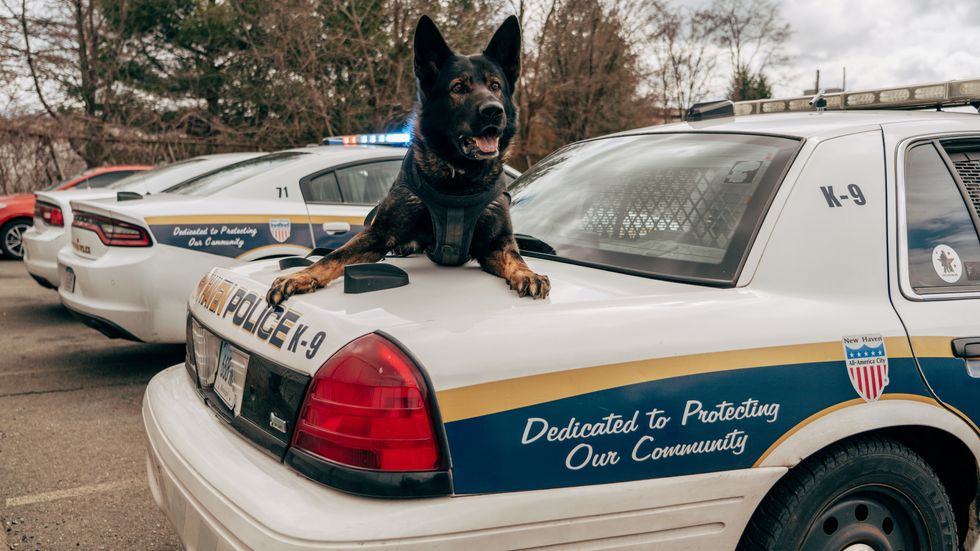 Can Drug Dogs Smell Edibles? - The Bluntness
Photo by
Can Drug Dogs Smell Edibles? - The Bluntness
Photo by 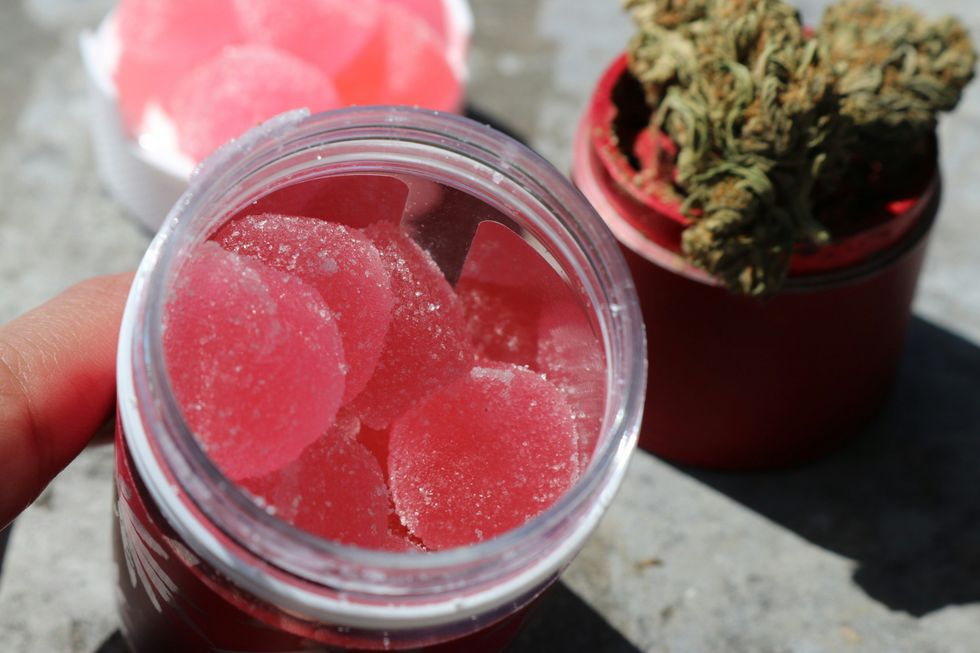 Can Drug Dogs Smell Edibles? - The Bluntness
Photo by
Can Drug Dogs Smell Edibles? - The Bluntness
Photo by 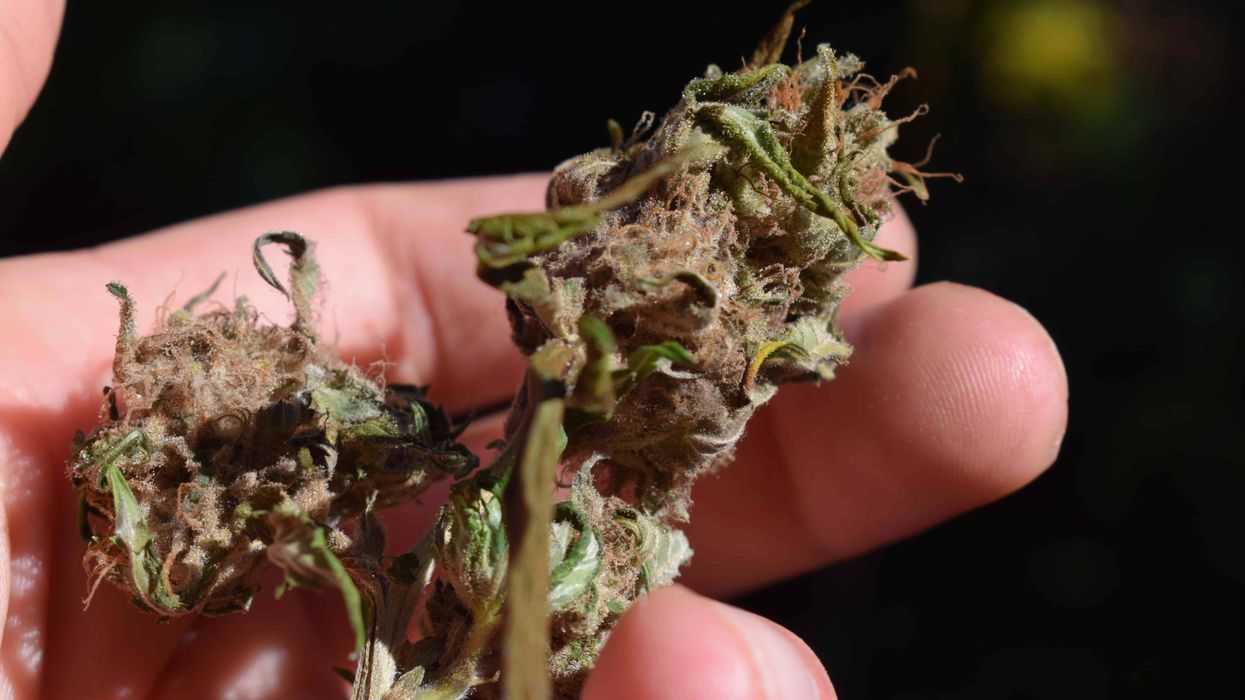
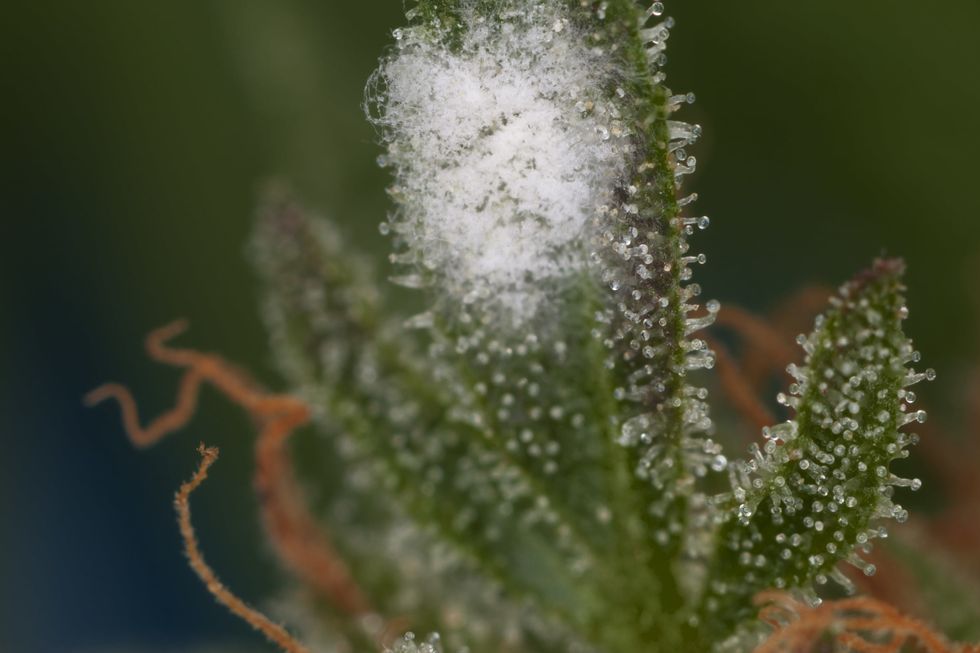 A good picture showing white mold next to cannabis trichomes.
A good picture showing white mold next to cannabis trichomes.